Us News and World Report Top 100 National Liberal Arts Colleges
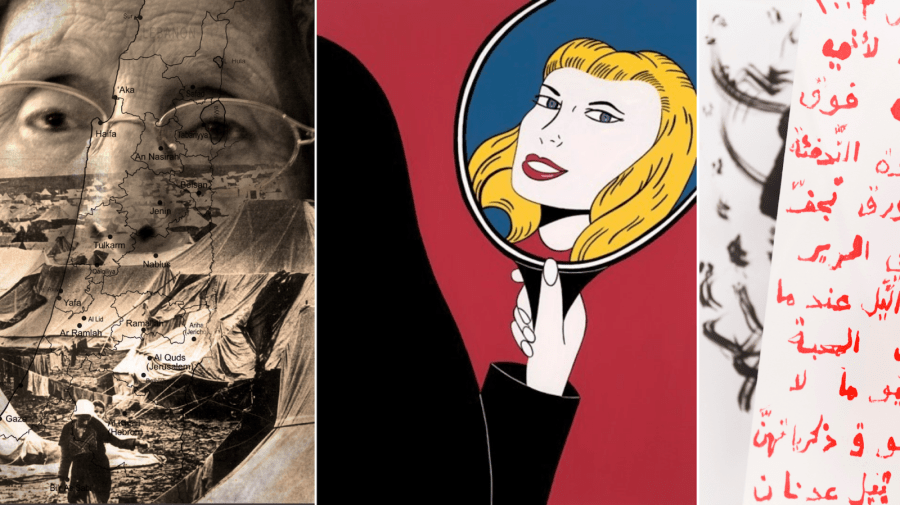
Whether they're based in Sudan or Michigan, Arab American artists take shaped the world of fine fine art in meaningful means, bringing perspectives and lived experiences to their work that other artists just can't. Non only does this underscore their importance in the fine art world, but it reaffirms the need for an array of unlike makers to add together their points of view to the larger canon of art history.
In celebration of National Arab American Heritage Month (NAAHM), we're spotlighting ten of the virtually influential contemporary Arab American artists. Although their mediums vary greatly, these creators — artists, filmmakers, writers and activists — continue to use their artistry to bring awareness to our ingrained cultural perceptions of organized religion, gender, race and more.
Abdelali Dahrouch
Abdelali Dahrouch was born in Tangier, Kingdom of morocco, just grew upwardly in Kingdom of morocco and French republic before emigrating to the U.s. in 1984. He graduated from the Pratt Plant in New York City with a Masters of Fine Arts (MFA). Afterwards, Dahrouch was a fellow in residence at a handful of places, including the Medamedia Eye for the Arts in Plasy, Czech republic, and the Whitney Museum of American Art Independent Report Program in New York.
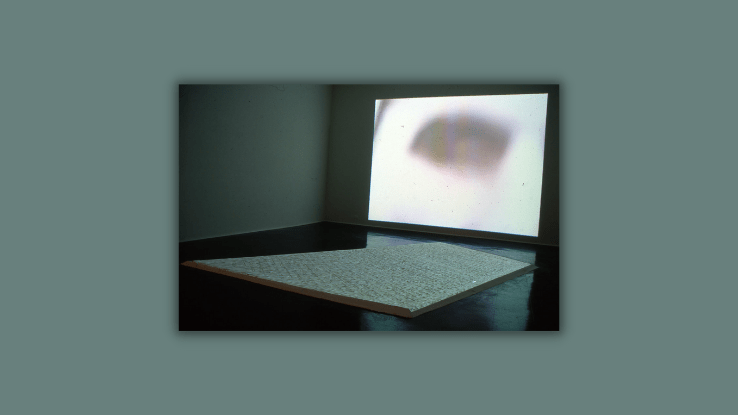
Equally an artist, he covers a diversity of mediums and could be described every bit a writer, activist, and video installation creative person. By using his artwork to interface between ecology, Buddhism, and Postcoloniality — and how it has affected transnational migration apropos North Africa and the Middle Due east — Dahrouch is, undoubtedly, an creative person to know.
In one interview, Athir Shayota expressed that the country of contemporary international art exists in at least 2 forms. He says that one is a market-driven product that reflects on benign notions and doesn't challenge the observer — and the other is a politically conscious, relevant and interventionist one. Shayota is skeptical of the market place-side of things — afterwards all, art (and artists) shouldn't be a trend.
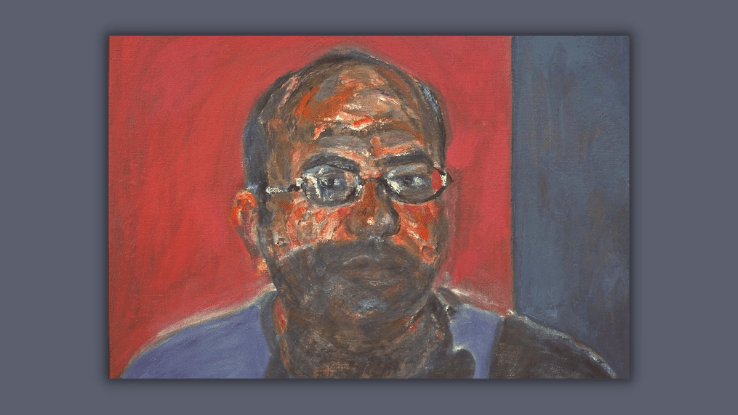
Currently a painter based in New York, Shayota attended the College of Artistic Studies in Detroit before going onto Washington University in St. Louis, Missouri, where he received an MFA. While his didactics as an creative person was Western-centric, Shayota made a concerted effort to learn about fine art from other not-white, non-Eurocentric cultures, which has undoubtedly informed his work.
Etel Adnan
Etel Adnan was a queer Lebanese American visual artist, poet, and essayist born in Beirut, Lebanon in 1925. She grew upwardly speaking Turkish, Greek and Arabic in Lebanon, and studied English language during her youth. In 2003, the Multi-Ethnic Literature of the United States (MELUS) named Adnan the most-celebrated and accomplished Arab American author writing at the time.
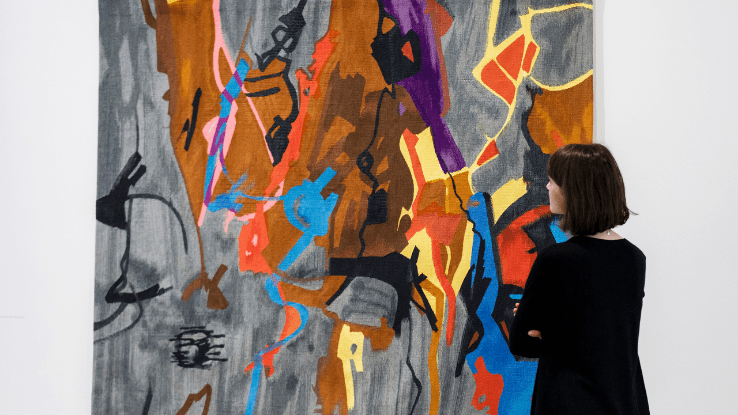
But Adnan is also an accomplished visual artist, who'southward known for applying oil paint to canvass with a palette knife. During her lifetime, she received a Lifetime Achievement Award from the Radius of Arab American Writers (RAWI). Although she passed away in 2021 at the age of 96, Adnan was survived by her longtime partner, beau Lebanese American artist Simone Fattal.
Helen Zughaib
Built-in in Beirut, Lebanon, Helen Zughaib has lived in the Middle Due east and Europe, just somewhen came to the U.Southward. to study art at Syracuse University, where she earned a BFA. A painter and multimedia creative person, Zughaib works primarily in gouache, ink on board, and canvas — though her mixed-media installations also involve wood, cloth and fifty-fifty ready-fabricated objects, similar shoes.
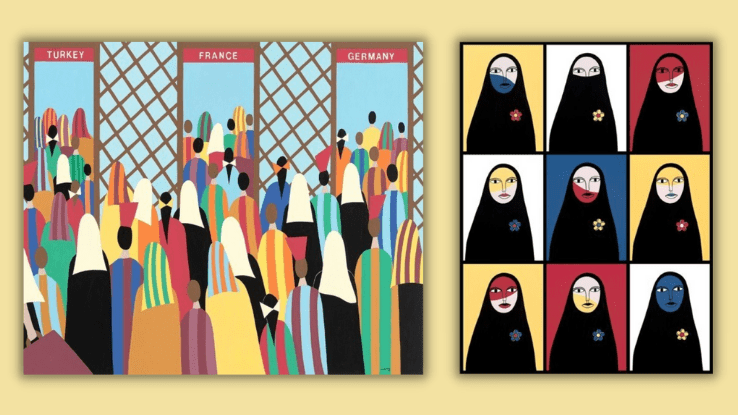
Zughaib'south work has been exhibited in galleries in Lebanon too equally throughout Europe and the U.Due south. Many of her works are too featured in both individual and public collections, including those of the White House, the Library of Congress, and the American Embassy in Baghdad, Iraq.
Huda Fahmy
Growing upward in Dearborn, Michigan with a Syrian mother and an Egyptian father, Huda Fahmy spoke Arabic at home and went to a private Islamic school. When she started public schoolhouse, she didn't know any English, but learned to do so by reading comics like Garfield and Calvin and Hobbes. These works also taught her how to tell a story — and certainly inspired something in her.

A onetime middle and high schoolhouse instructor, Fahmy never took formal art lessons earlier becoming a published artist and writer. While on go out from work with her babe son, she felt motivated to create comics in response to the United States' bigoted "Muslim Ban" in 2017. Since then, Fahmy has used humor in her comics to address stereotypes and other hard situations that Muslim people face while living in the U.S.
John Halaka
An artist and film producer, John Halaka's piece of work raises questions about personal, political, and cultural concerns, specially about cycles of repression and displacement. His recent documentary investigates the construction of identity from familial, political, and personal perspectives.
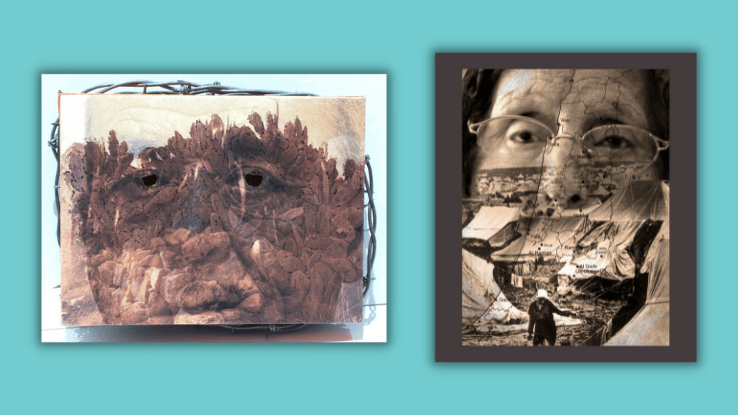
But Halaka is also known for memorializing the diaspora of the Palestinian people, which brought to his heed the Trail of Tears — the U.S. government-organized genocide against several Indigenous tribes who lived on country east of the Mississippi River. Ane of his series, Landscapes of Desire, was inspired by the ruins of homes and villages in Palestine, which accept been actively destroyed since 1948.
Mariam Ghani
Born in New York, Mariam Ghani is an Afghan American teacher, filmmaker, photographer and activist. But that's not all that'south on her resume; Ghani likewise works equally an archivist, writer and lecturer.
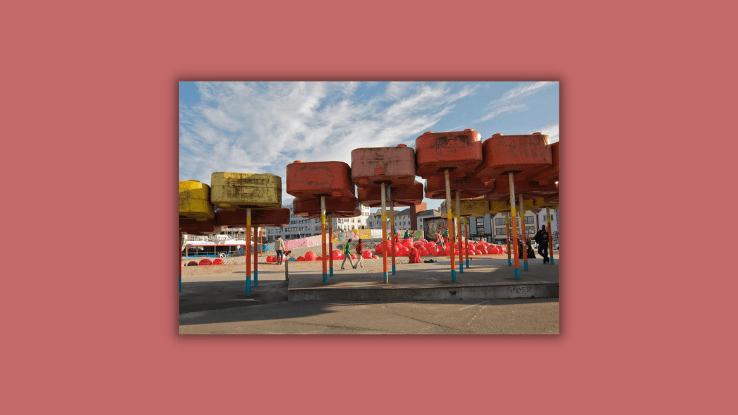
While growing upwardly, Ghani couldn't travel to Afghanistan. Finally, she was able to visit in 2002. Since 2004, she'southward worked on a multimedia project chosen Index of the Disappeared, a record of the detention of immigrants past the United States after 9/11 and an exploration of the public'south treatment of immigrants.
Mohammed Omar Khalil
Born in Burni, Sudan, Mohammed Omar Khalil is a printmaker and painter. He was educated in Khartoum and later studied fresco painting and printmaking at the Academy of Fine Arts in Florence, Italy, before condign a resident artist at Darat Al Funun in Amman, Hashemite kingdom of jordan in 1993.
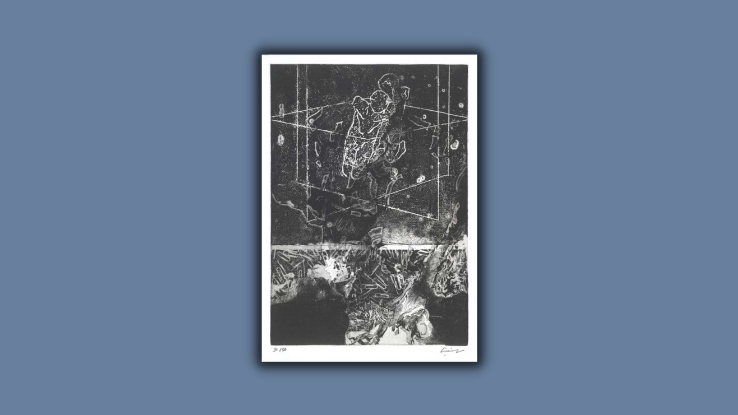
In the 1970s, Khalil came to New York'south fine art scene. Since and so, he's been considered 1 of the most significant artists of his generation. Although a inundation in Khartoum destroyed much of his early work, a few pieces from his pre-1988 menstruum survived.
Rheim Alkadhi
Rheim Alkadhi was born in New York to an American mother and Iraqi begetter, going dorsum and forth between Baghdad and New England equally a child until the Islamic republic of iran-Iraq War. At that point, her family moved to the U.S. total time. Nonetheless, Alkadhi has continued to travel for her work, which uses images, text and objects.
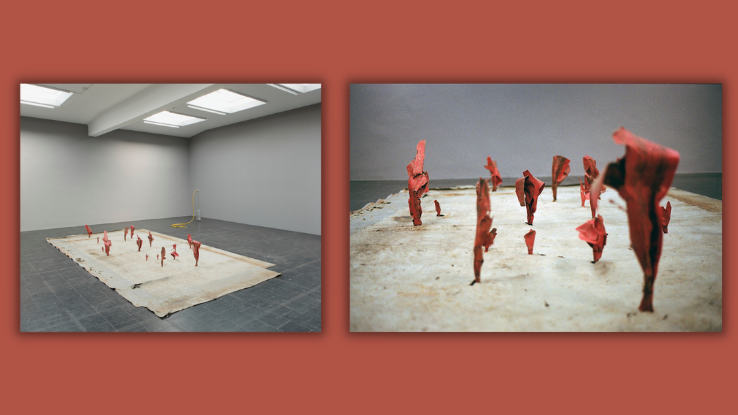
I example of her work, Dark Taxi , includes a video accompanied by a route, meter, and a fare that counts down the milliseconds leading upwards to crossing a geographical border. Other well-known works include Flick City Body, which depicts the visual poesy of everyday life, and the above installations from the Majnoon Field exhibition, which refers to an oil field in Republic of iraq.
Yasmine Nasser Diaz
Built-in to Yemeni parents in Chicago, Yasmine Diaz creates mixed-media collages, cobweb etchings and immersive installations. Although it varies greatly in terms of aesthetics, her work carries a thematic thread, often focusing on the ideas of soft power, growing up equally a Yemeni American and third-culture identity.
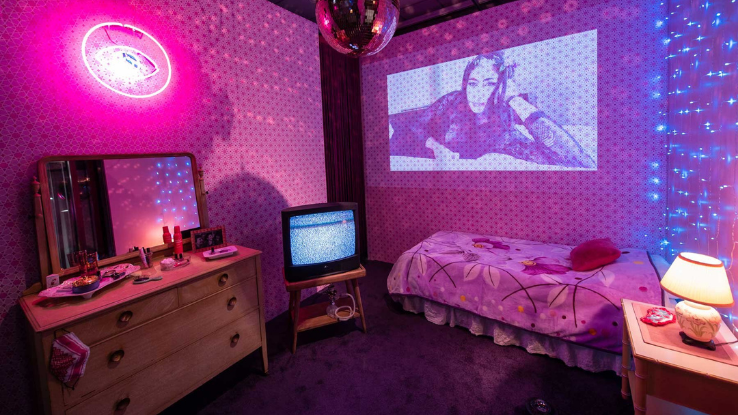
In 2021, she exhibited a bedroom installation called For Your Optics Only (above), which explored the systemic oppression of women and 3rd civilisation identity in the Global South. "Freedom and rights movements practise not exist in a vacuum and are often informed by 1 another," said curator Lila Nazemian when writing nearly Diaz's work and how it relates to diasporic communities. "Diaz's installation [For Your Eyes Just] presents a layered constellation of interrelated realities across borders, identities and eras that have the potential to align forth intersectional and transnational movements of solidarity."
Source: https://www.ask.com/culture/contemporary-arab-american-artists?utm_content=params%3Ao%3D740004%26ad%3DdirN%26qo%3DserpIndex
Post a Comment for "Us News and World Report Top 100 National Liberal Arts Colleges"